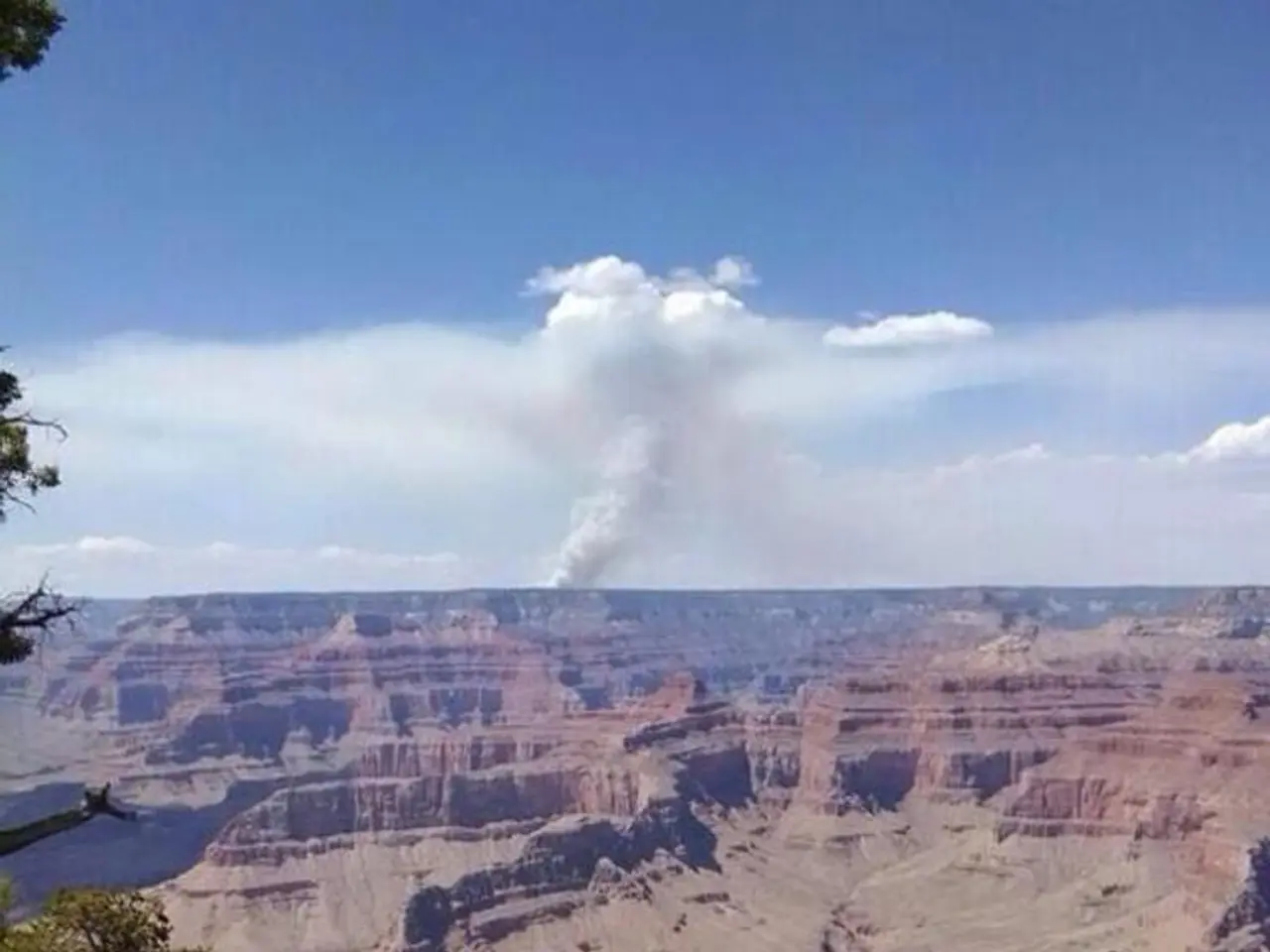Hiker Perishes on Grand Canyon Trail Due to Record-Breaking Summer Heatwave
A tragic incident occurred on the South Kaibab Trail in the Grand Canyon National Park, claiming the life of a 67-year-old man during the summer months. The hiker was making his way back up the trail when he encountered difficulties and ultimately succumbed to his injuries.
An investigation into the hiker's death is currently underway, with the National Park Service (NPS) urging extreme caution for all visitors planning hikes during the summer. The NPS has stated that hiking in the inner canyon during the summer can be extremely hazardous due to high temperatures, which can exceed 120 degrees on exposed parts of the trail.
The incident occurred outside of the peak heat hours (before 10 a.m. or after 4 p.m.), but the hiker's pre-existing medical conditions may have compounded the physical stress of hiking in the summer. Bystanders initiated CPR before National Park Service medical personnel and volunteers arrived, but attempts to resuscitate the man were unsuccessful.
The hiker's death occurred below Skeleton Point on the South Kaibab Trail, a popular route for overnight stays at Phantom Ranch. The NPS advises against hiking in the inner canyon during the peak heat hours of 10 a.m. to 4 p.m., emphasising the importance of planning hikes early or late to avoid the hottest parts of the day.
To reduce the risk of heat-related illness, injury, or other hazards while enjoying the Grand Canyon in summer, the NPS recommends several key safety precautions and recommendations. Hikers are advised to stay hydrated and nourished by carrying plenty of water and high-energy snacks, and to plan their route and use reliable gear. Hikers should also know their limits, be prepared for emergencies, and protect against other hazards, such as wildlife-related risks.
By following these precautions and recommendations, hikers can enjoy the Grand Canyon during the summer months while minimising the risks associated with the heat, intense sun exposure, and rugged terrain. The NPS urges all visitors to take these safety measures seriously and to check the park website for water status and trail closure updates before starting their hike.
Sources: [1] National Park Service. (n.d.). Hiking in the Grand Canyon. Retrieved from
- In light of the tragic incident, the National Park Service (NPS) is emphasizing health and safety, particularly for those with chronic diseases, as they plan hikes in the Grand Canyon during summer.
- The importance of environmental science, including understanding the impact of weather on the hiking conditions, cannot be overstated when planning trips to the Grand Canyon, especially during summer months.
- As we age, it's crucial to prioritize mental health, fitness, and exercise, helping us navigate the challenges of hiking and remain resilient in the face of unexpected obstacles, such as the one recently encountered on the South Kaibab Trail.
- The massive Grand Canyon isn't just a sight for recreational hikers; it offers insights into respiratory conditions, given the changes in air pressure and oxygen levels at varying elevations along its trails.
- After a long day of hiking, outdoor enthusiasts might consider practicing yoga or meditation, which could help manage stress and fosters a greater connection with nature and personal well-being, promoting overall health and wellness.




